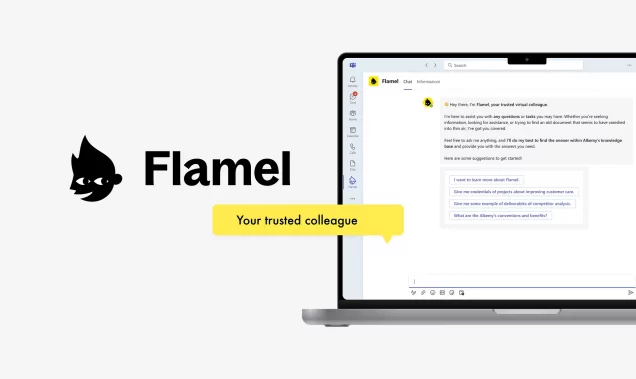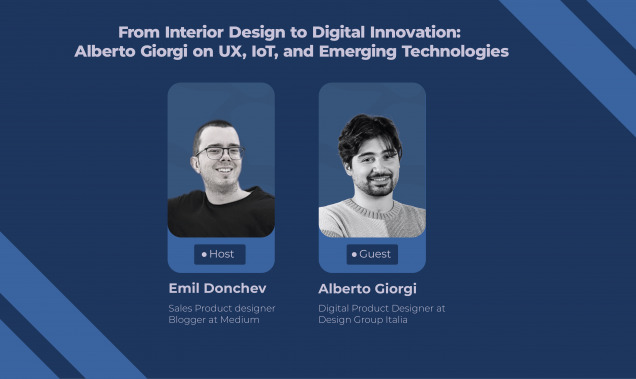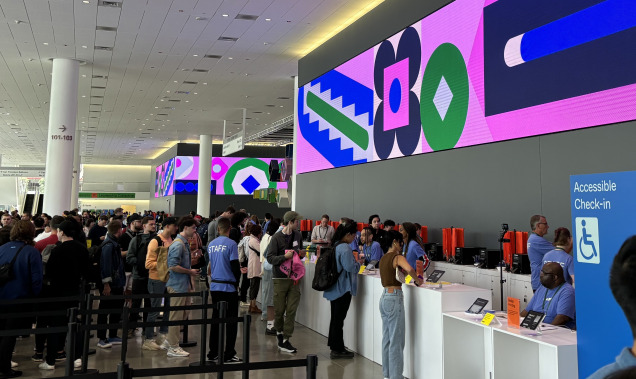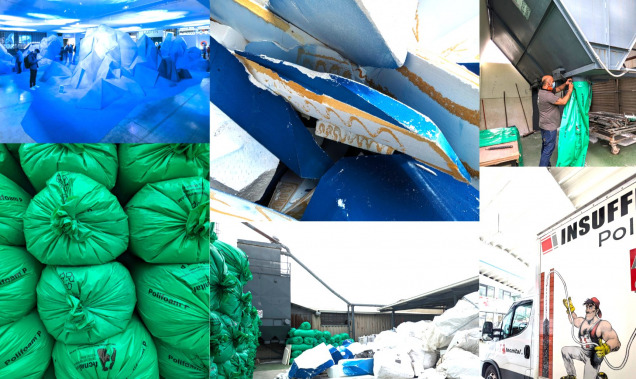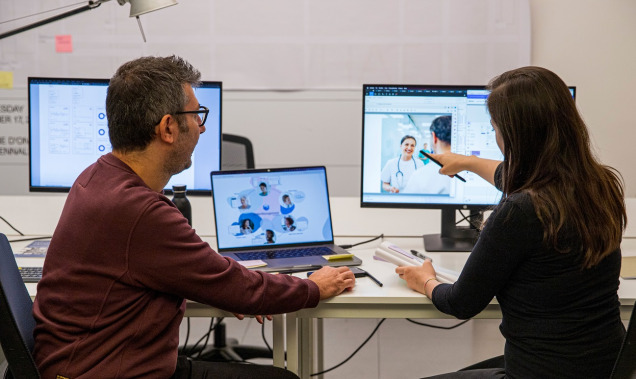Minifesto: How a service design approach can amplify and sustain change
The new normal is accelerating the need for change, providing us with a great opportunity to rethink how we want to work and our role in our workplace. Here’s how we believe service design can help.
The need for change in an organization occurs when the status quo is unstable or unsustainable. The change may focus on hard elements composing the context and processes of work, or it the soft elements such as collaboration, leadership mindset, and values.
A service design approach allows organizations to evolve their view of their hard and soft elements, and their correlations and connection points over time. Service design lies at the intersection of people, products, technology, and business –what better place to start to learn how to orchestrate a new awareness?
We believe that if you want to make a real, lasting change, you need to work on the following four pillars, an essential part of any and all change.
Flexibility
The ability of employees and management to embrace ‘fuzziness’ and versatility, and to have respect for people’s varying goals.
A flexible organization embraces diversity. Flexible leadership means knowing how to hone individuals’ strengths and work on the weakness, allowing for space to fail as much as to learn, and managing the different phases in people’s lives that humans naturally go through.
Interconnectivity
The ability to feel connected and to belong, to share the same company values and culture, working towards the same goals.
An interconnected work environment transcends the four walls of an office cubicle but supports the employee both digitally, physically, mentally, and emotionally as a part of something bigger. Interconnected leadership means being able to instill engagement and motivation in people so that everyone feels purposeful
Eco-systemic
Seeing the organization as a living organism, with all of its components generating value, and to distribute decision-making power.
Leadership with an eco-systemic approach means respecting individual team needs and having the courage to give autonomy and ownership to allow each team to contribute to the organization in their best way possible. Who knows the teams’ needs and capabilities more than the teams themselves?
Adaptivity
Knowing that change is a continuous process of orchestration in search of a correct equilibrium that continuously happens all over the organization, in different ways.
Embracing adaptivity means to instill in leaders the drive to understand that planning is only part of their strength and responsibility. Much more so, being able to read the context and take actions that evolve cross circumstances, building resilience in teams and the organization so that they can adapt as quickly as the weather.
